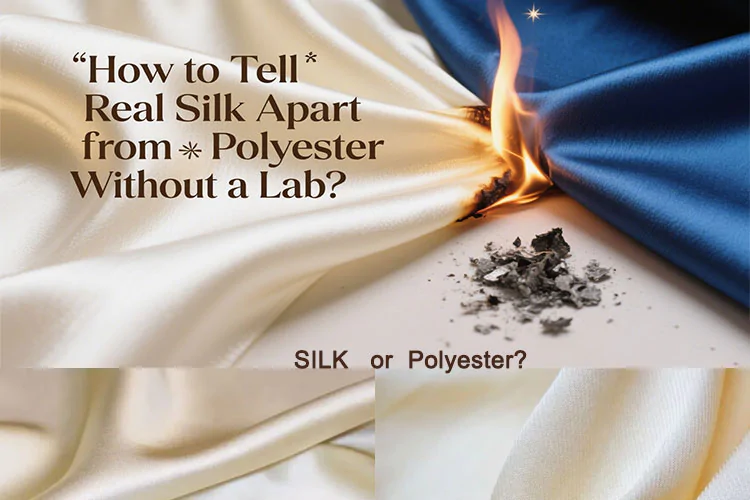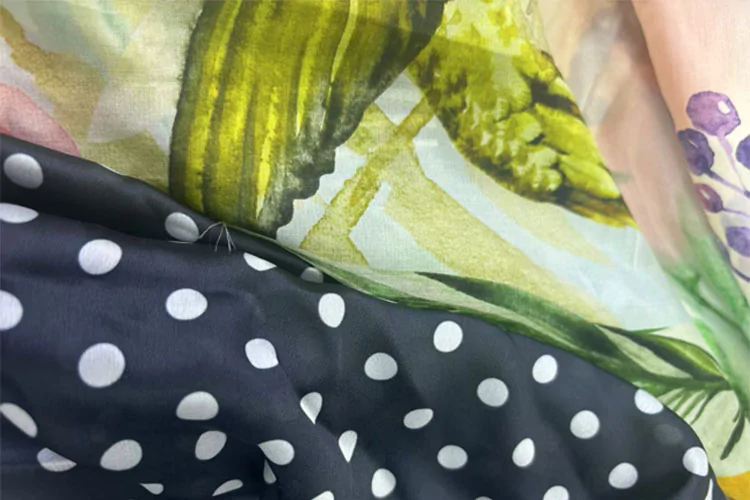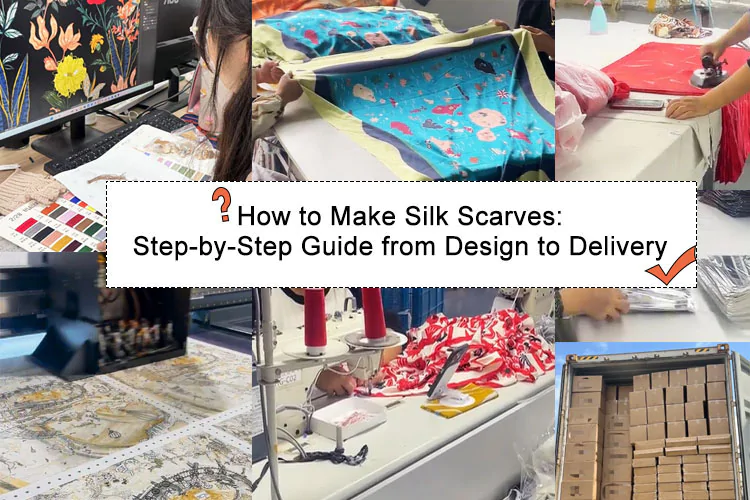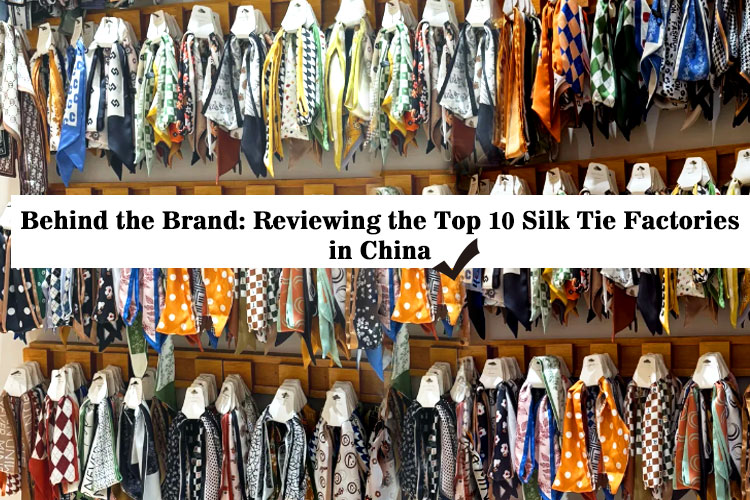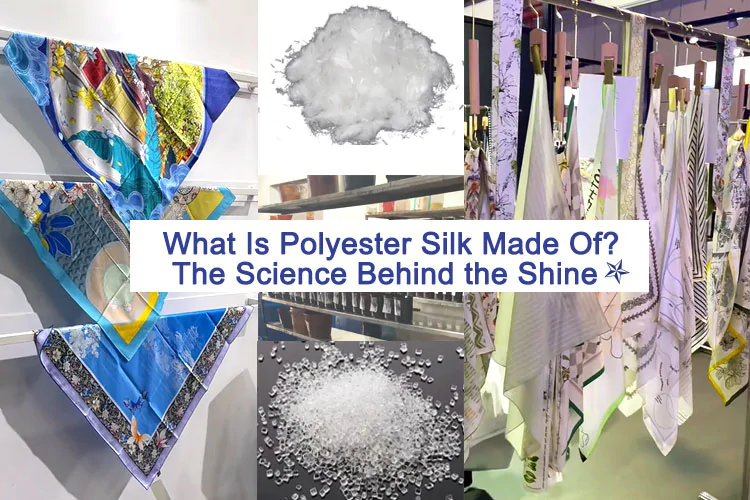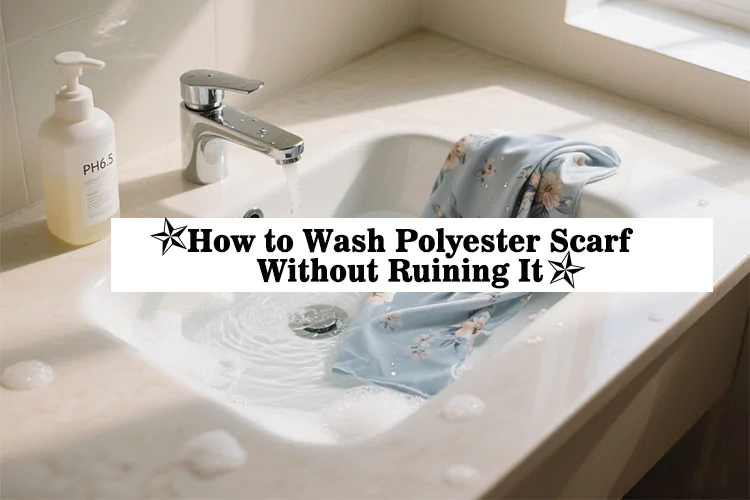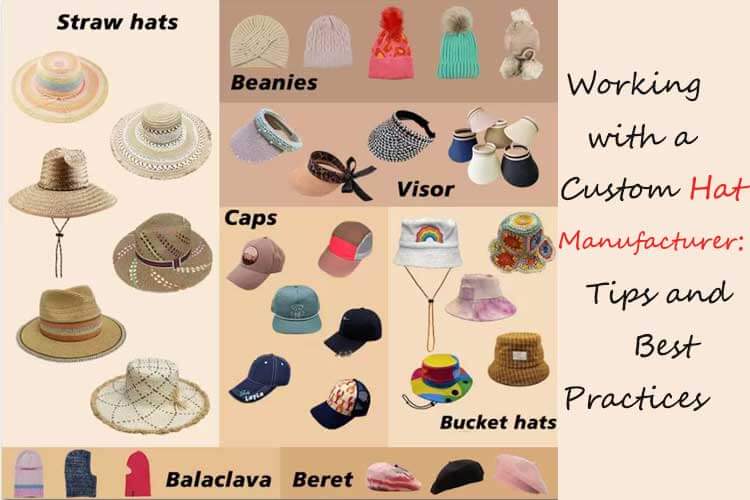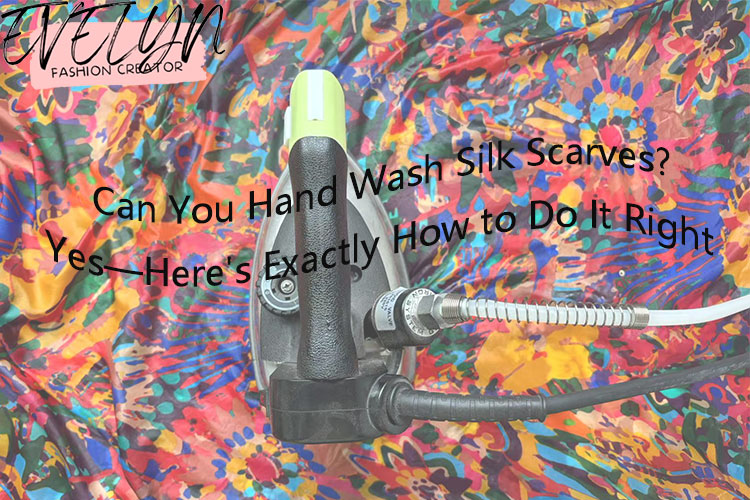When it comes to sourcing quality scarves, clothing, or fabrics, knowing the difference between real silk and polyester is crucial.
Misjudging materials can hurt your brand’s reputation and profits.
Luckily, there are simple ways to identify real silk without expensive lab tests.
You can tell if silk is real by using tests like touch, appearance, wrinkle behavior, and smell. No special machines needed — just your hands, eyes, and common sense. Knowing these methods can save your business from costly mistakes.
I’ll walk you through easy tricks we use inside the fashion industry to spot genuine silk — without needing a lab coat!
What Is the Touch Test for Identifying Silk?
The first thing I always do is trust my hands.
Real silk feels soft, smooth, but with a kind of natural liveliness you can’t fake.
Because silk comes from silkworms, the fiber naturally holds a bit of moisture — just like living things.
When I press real silk against my face, it gives off a gentle, almost dewy glow.
Polyester, even the newer, smoother types, still feels different: cooler, drier, and a little synthetic.
It misses that “breath of life” feeling that real silk has.
If I crumple real silk slightly in my hand, it makes a soft, crunchy sound — like walking on fresh snow.
Polyester usually stays too silent or feels stiff when you try the same thing.
How to Tell if Silk is Real: Visual Inspection
Next up, we look at the fabric’s shine.
Real silk has a subtle, soft glow with slightly shifting colors under different angles of light.
Polyester shines in a bright, white glare — almost too shiny.
Also, real silk has tiny irregularities or slubs because it’s a natural fiber.
Polyester usually looks too perfect and flat.
How Can You Use the Wrinkle Test to Confirm Real Silk?
One of my favorite tricks is the wrinkle test.
Crumple a small piece of fabric in your hand, then release it.
Real silk will wrinkle easily and stay wrinkled for a moment.
Polyester bounces back quickly without wrinkles.
This is a quick demo you can do even in a store or market.
Is Price or Label Reliable to Tell if Silk is Real?
You might think a high price or a “100% silk” label guarantees authenticity — but sadly, no.
Studies show that fake silk labeled as real is still a major issue in the textile market.
I’ve personally seen polyester scarves sold as “pure silk” for premium prices.
That’s why trusting only the label is risky.
You must test the fabric yourself.
Can the Burn Test Help Without Destroying the Fabric?
how you can perform it safely:
-
Prepare a Small Sample: Use a small swatch or a loose thread.
-
Burn the Sample: Hold the fabric carefully with tongs or tweezers, and ignite it with a flame.
-
Observe the Results:
-
Real Silk: It will smell like burnt hair and turn to ash.
-
Polyester: It will smell like plastic and melt into hard beads. After burning, it will leave black knots.
-
Warning: Only perform this safely, in a well-ventilated area, and preferably on scraps
Other Quick Ways to Identify Real Silk
In addition to the burn test, here are a couple of other easy tricks to help you identify real silk:
-
Water Test: Drop a small amount of water on the fabric.
-
Real Silk: The water spreads quickly and absorbs into the fabric.
-
Polyester: The water will bead up and sit on top.
-
-
Ring Test: Take a small piece of fabric and pull it through a ring.
-
Real Silk: It will slide through the ring smoothly with little resistance.
-
Polyester: It may feel stiffer and tug more as you pull it through.
-
Conclusion
Knowing how to tell if silk is real is crucial for protecting your brand and business. Whether you’re sourcing materials for a new collection or evaluating products from suppliers, being able to quickly identify authentic silk can save you from costly mistakes and maintain the quality of your offerings.
By using these simple, no-lab-needed tests — like the burn test, water test, and ring test — you can ensure you’re working with the right materials. Trust your senses: the smell, feel, and behavior of the fabric under different conditions can tell you a lot.
Staying sharp when it comes to fabric authenticity will not only help you avoid counterfeit products but also strengthen your reputation as a business that values quality and craftsmanship. Keep these tricks in mind the next time you’re working with silk, and always prioritize both quality and authenticity in your sourcing decisions.

